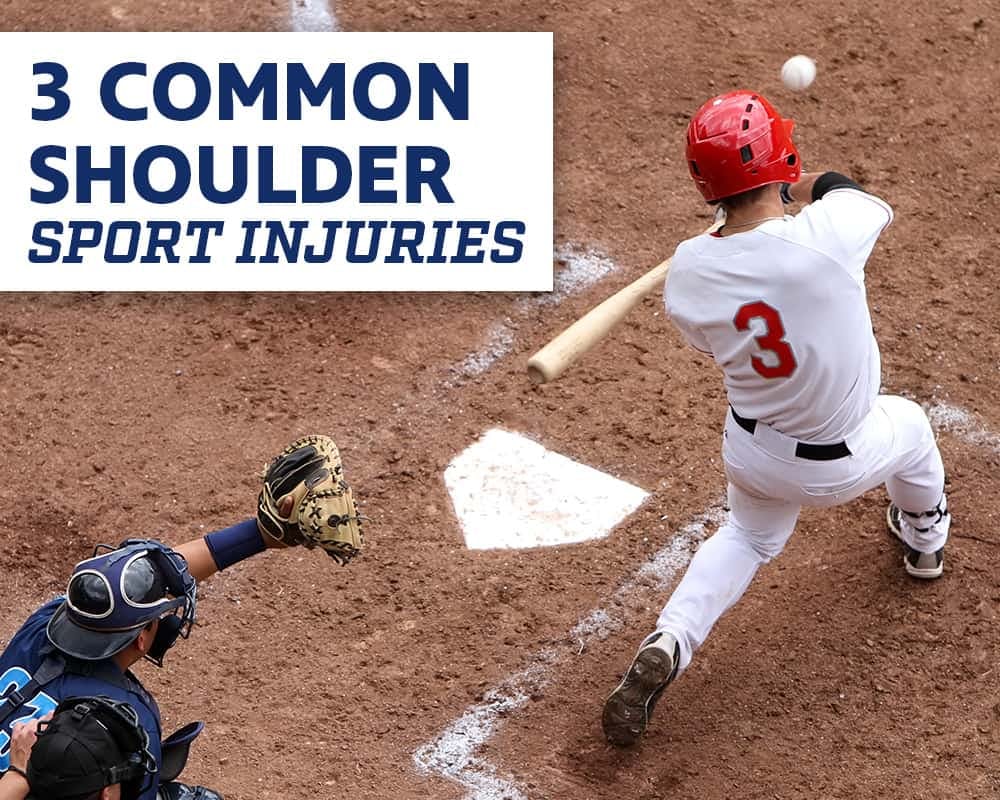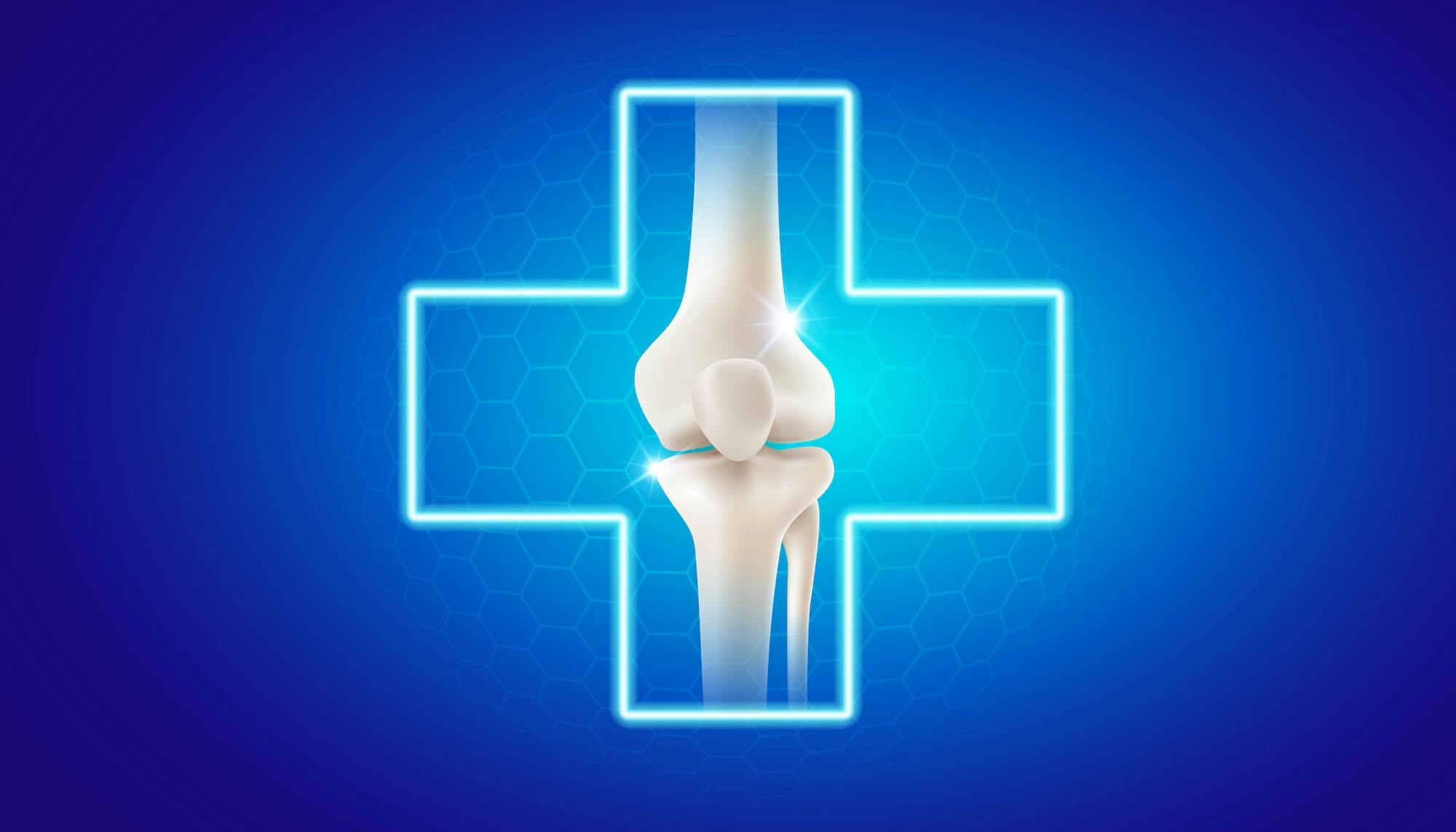- Blog
3 Common Shoulder Sport Injuries
Posted on 04-16-2025 in Shoulder by Dr. Chris O'Grady

Posted on 04-16-2025 in Shoulder by Dr. Chris O'Grady
Shoulder pain, one of the most common orthopaedic conditions, is caused by damage to one or more of the components of the shoulder—the bones, muscles, tendons and ligaments that comprise the joint. This damage can be caused by disease, chronic overuse, or acute injury, so shoulder pain can appear immediately or progress gradually over time. If you participate in sports that demand repetitive overhead movement, such as swimming, tennis or baseball, you are more susceptible to shoulder injury caused by the wear-and-tear of these movements. Furthermore, athletes participating in high-energy contact sports like football or hockey are at a higher risk of suffering from traumatic shoulder injuries, like fractures and dislocations.
As an athlete or the parent of an athlete, it is very important to understand the signs and symptoms of common shoulder injuries so you can be on the lookout for them. Three of the injuries most commonly seen in athletes are:
SLAP Tear
SLAP tears occur when the labrum, a ring of firm, fibrous tissue that surrounds the shoulder socket (glenoid) and stabilizes the joint, is torn. SLAP is an acronym meaning "superior labrum, anterior to posterior," so it literally translates into a tear at "the top part of the labrum, from the front to the back." In addition to pain and decreased range of motion in the affected shoulder, SLAP tears also make the shoulder feel less stable and can cause decreased athletic performance. Things that you used to be able to do easily and pain-free, like throwing a baseball or lifting a heavy weight above your head, become more difficult to accomplish. You may also experience a popping, clicking or grinding sensation when you move your arm.
Shoulder Instability
Shoulder instability is a degradation of the stability of the ball and socket joint that makes up the shoulder. It is caused by the ligaments, muscles and tendons losing their ability to hold the joint securely in place, either through progressive wear-and-tear or acute injury. It is a chronic condition in which the head of the humerus (the "ball") repeatedly slips out of the glenoid cavity (the "socket"), and can lead to lasting damage to the soft tissues of the shoulder if left untreated. These repeated dislocations can sometimes reduce (or move back into place) on their own, in which case they are known as subluxations, but a complete dislocation requires medical intervention to be corrected. Some common symptoms of shoulder instability are sudden onset of extreme pain, repeated partial or complete dislocations, arm weakness, decreased range of motion, and swelling and bruising.
Rotator Cuff Injury
The rotator cuff, a group of four muscles that attach the humerus (upper arm bone) to the scapula (shoulder blade), is one of the most crucial components of the shoulder. It allows the muscles and tendons of the shoulder to lift and rotate the humerus and is essential to almost every basic and complex movement required of the shoulder. The rotator cuff can be injured through acute injury or it can tear gradually over time; in any case, injury to the rotator cuff is very painful and severely limits the shoulder's ability to move and function as intended. It is very common in athletes who perform repetitive, overhead motions like swimming, pitching and tennis. Symptoms of a rotator cuff injury include pain, stiffness, and weakness of the joint, particularly with overhead movement. It is also common to have pain and stiffness overnight, especially when sleeping on the affected shoulder.
Being able to recognize the signs and symptoms of shoulder injuries in athletes, particularly young athletes, can help prevent unnecessary further damage from happening. If you or your child are experiencing symptoms similar to those outlined above, you should seek medical treatment from an orthopaedic surgeon as soon as possible. Doing so will allow you to fully understand what is happening and develop a plan of approach to best to treat the injury, prolonging the ability participate in competitive athletics.

March is National Nutrition Month®, and as part of the conversation, the North Florida Bone & Joint team wants to emphasize the impact diet can have on your bone health. Before diving in, it's essential to understand the role the skeleton plays in your body. Specifically, the skeleton—and the bones its comprised of—serve the following functions:

At North Florida Bone & Joint Specialists, we’re committed to delivering convenient, expert care throughout the Gulf Coast. As part of that commitment, we’re excited to announce the expansion of our clinical office footprint. In March, we opened two new locations in Milton and Navarre, FL, further enhancing our ability to serve patients across Northwest Florida.

Valentine’s Day is all about love—so why not show your joints some love, too? Whether you’re an athlete, an active adult, or simply looking to maintain mobility as you age, taking care of your joints is essential for long-term health and well-being. At North Florida Bone & Joint Specialists, we believe that self-care isn’t just about relaxation—it’s about making intentional choices to keep your body strong, pain-free, and resilient. Here are four self-care tips to keep your joints healthy and moving with ease: